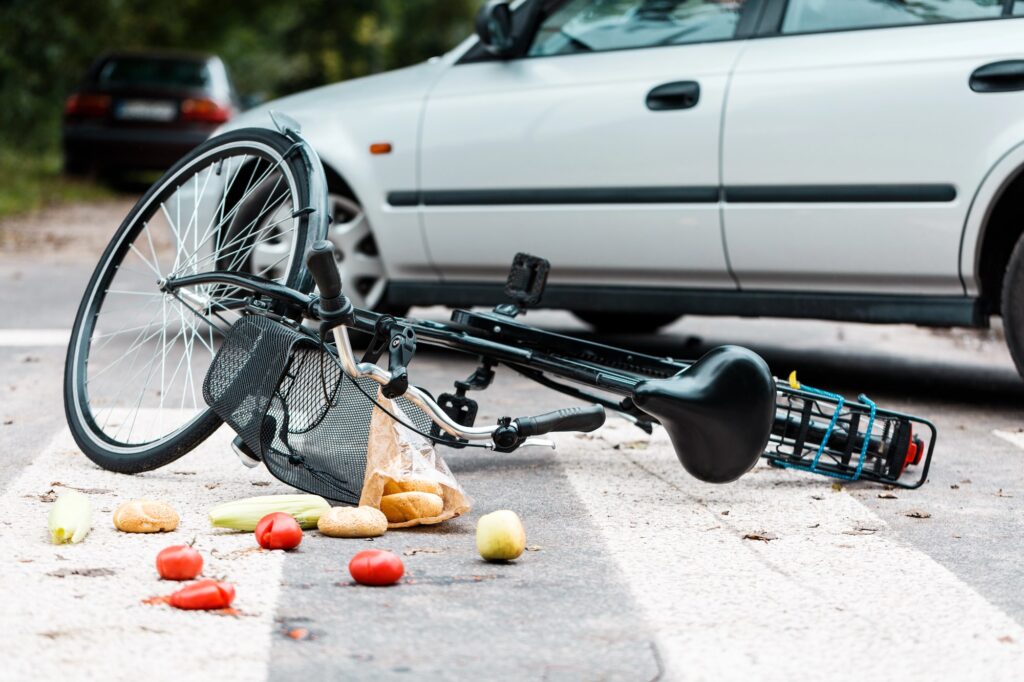
Bicycle accidents often involve complex legal questions—especially when both the cyclist and the driver may have contributed to the crash. In these situations, our Lake Worth, FL bicycle accident lawyer knows the concept of comparative fault becomes crucial in determining how much compensation, if any, an injured party is entitled to recover. If you’ve been in a bike accident and you’re partially at fault, understanding comparative fault laws can help you navigate your legal options and protect your rights.
What Is Comparative Fault?
Comparative fault, also known as comparative negligence, is a legal principle used to allocate responsibility in personal injury cases. Instead of placing all the blame on one party, comparative fault assigns a percentage of fault to each person involved in the accident. This percentage directly affects how much compensation an injured person can recover.
For example, if a court determines that you were 20% at fault for your bicycle accident and your total damages are $100,000, you would be eligible to receive $80,000 (or 80% of the total) from the other party.
Types Of Comparative Fault Systems
Different states apply comparative fault laws in different ways. The three main systems are:
- Pure Comparative Fault
Even if you’re 99% at fault, you can still recover 1% of your damages. States like California and Florida follow this rule. - Modified Comparative Fault – 50% Bar Rule
You can recover damages only if you are less than 50% at fault. If you are found to be 50% or more responsible, you are barred from recovering anything. Texas and Colorado follow this rule. - Modified Comparative Fault – 51% Bar Rule
Similar to the 50% rule, but you’re barred from recovery only if you’re 51% or more at fault. States like Illinois and Oregon apply this system.
Knowing which rule your state follows is crucial if you’re involved in a bicycle accident.
How Comparative Fault Applies In Bicycle Accidents
Bicycle accidents commonly involve a mix of contributing factors. For instance, a driver may have been speeding, but the cyclist might have run a stop sign. In such cases, both parties can share the blame.
Some common cyclist behaviors that could contribute to comparative fault include:
- Failing to follow traffic signals or signs
- Not using bike lanes where required
- Riding against the flow of traffic
- Not using lights or reflectors at night
- Wearing headphones while riding
Even if you think you made a mistake, don’t assume you’re completely at fault. Comparative fault allows for a fair distribution of liability, and you may still be entitled to significant compensation.
Why Legal Representation Matters
Insurance companies will often try to assign as much blame as possible to minimize their payout. Having our experienced bicycle accident lawyer can make a big difference. Your attorney will gather evidence, interview witnesses, analyze police reports, and fight to ensure that your degree of fault is assessed fairly.
Comparative fault doesn’t mean you lose your right to compensation—it simply adjusts your award based on shared responsibility. If you’ve been in a bicycle accident and fault is unclear or disputed, speaking with our knowledgeable personal injury lawyer can help you understand your legal standing and secure the best possible outcome for your case. At Warner & Fitzmartin – Personal Injury Lawyers, we are here to help you.



